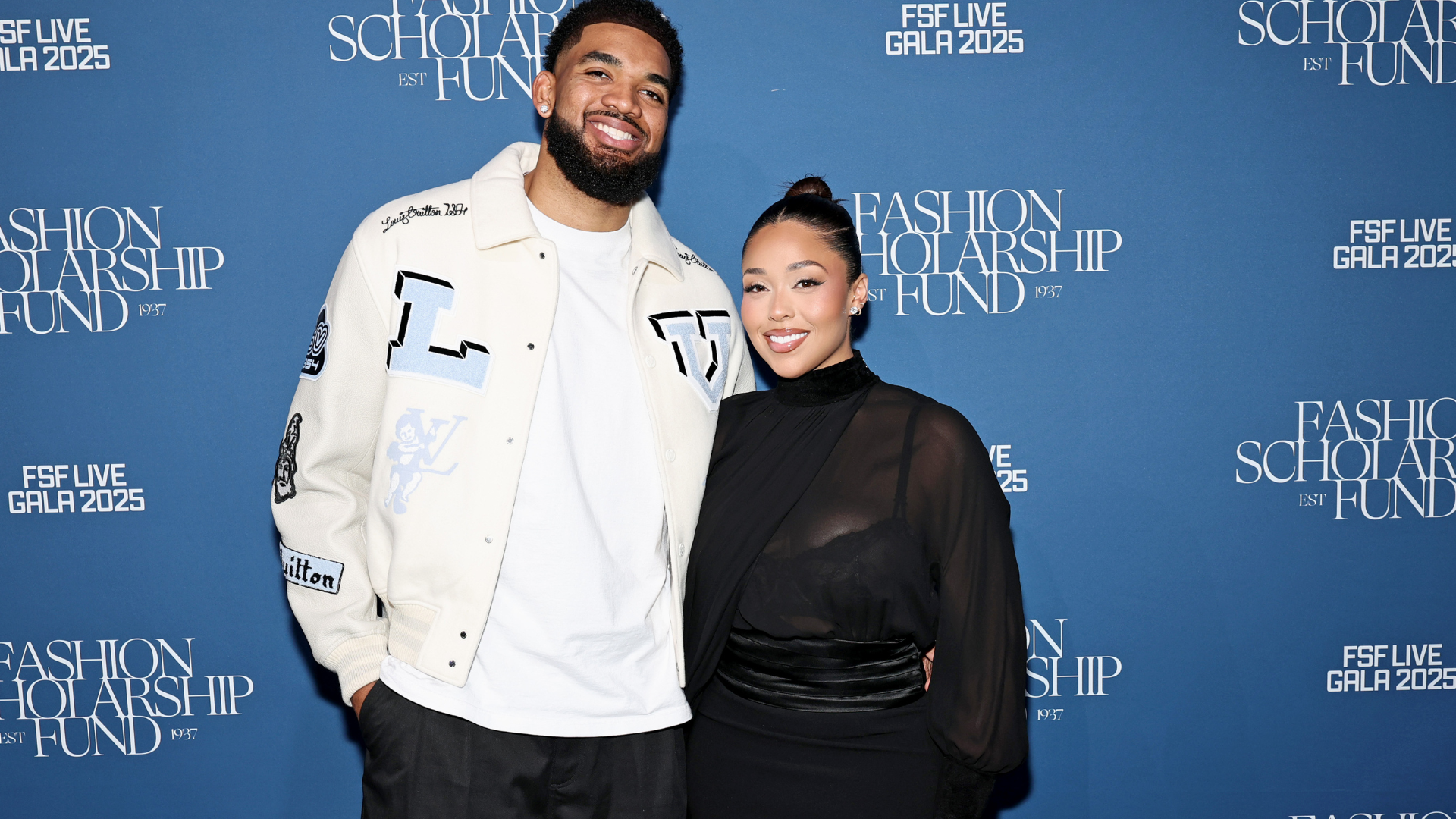
If you watch the Real Housewives Of Atlanta, then you’re familiar with the fashion icon known as Marlo Hampton. By now, her designer wardrobe alone should have earned her the coveted peach, if not the whole tree.
Famous for always being put together, the reality star blew fans’ minds when she recently opened up to her 1.4 million Instagram followers about her surgical journey to restore her edges. Her honesty and transparency about the side-effects of the procedure were so appreciated that it immediately went viral with several media outlets covering the story.
We were happy to know that Hampton was upbeat and filled with excitement when we chatted with her exclusively about her hair transplant. “Hey Philly Jawn,” she affectionately called me. If you’re not from Philly, a “Jawn” is a way to describe a person, place, or thing.
After our pleasantries, Marlo became an open book about her hair transplant journey thus far. “I had already known about the procedure for many years,” she says. “My friend and I were thinking about doing it together and we both chickened out and got scared. [I thought to myself] there’s no way I’m gonna let someone cut the back of my head open and stitch it.”
Hampton’s reason for having the procedure was to gain back the edges she lost due to tractions from tight braids and lace frontals. “I couldn’t just wear a ponytail. You know, usually, if you have sparse edges, you have to swoop the hair down and back to cover the thinning places,” she explains. “I’m like, I want to be able to pull my hair up and let the wind blow and not be worried about my real hair.”
Although she was very apprehensive about getting the procedure, she decided to reach out to people that had hair transplants with good results. “I reached out to Tory Lanez because I knew that he was familiar with hair transplants and he was very helpful because he suggested that I see someone within the States.”
However, it was her RHOA costar Drew Sidora that recommended Dr. Vladimir Panine, a Board Certified Dermatologist who has specialized in Hair Transplant procedures for over 30 years.
“I often see clients who are suffering from female pattern hair loss, traction alopecia, and hair loss due to perms, hair straighteners, and other chemicals,” Dr. Panine explains to us. “Also other autoimmune scalp conditions.”
Hampton knew that Dr. Panine was the doctor she needed not only because he was highly recommended, but she also did her research. After a few virtual phone consultations and his “good energy,” Hampton flew to Chicago to reclaim her edges. “I knew that I was in good hands when I met his staff— they were amazing. His right-hand man, Stuart, was so friendly,” she says.
“Marlo’s hair transplant is a relocation of hair that is taken from the donor area (hair on the back and sides of the scalp) and relocated to where the hair is lost,” says Dr. Panine. “A patient will feel some numbness and soreness in the scalp for a short time. When working in the hairline you will also experience swelling of the eyes for about one week.” He added, “Just like any surgical procedure there could be complications that include bleeding, infection, numbness, and scarring.”
While Hampton states that she has a high tolerance for pain, she was still very nervous once she was actually in the office and ready to sit in the chair to begin the procedure. “I’m looking at these needles, and they’re like, ‘Hey, we’re going to shoot these needles in your head and it’s gonna numb you.’ I was nervous,” she explains.
Now brace yourself, as Marlo goes into great detail about her experience. “As soon as they injected the needles, I felt my head begin to swell instantly. I was awake during the whole procedure.” She then adds, “The doctor then told me that he was going to shave the back of my head, and I asked if I could see it. There was a piece of meat floating in a solution. He then stitched that up and continued with adding the hair to my edges.”
Hampton says that she was shocked the next day because she was not aware that the swelling would change her look temporarily. “I looked really different the next morning when my first black eye appeared. Like my face changed.”
“The transplanted hairs will grow for a couple of weeks then fall out. They will start to grow back about 12 weeks post-op,” Dr. Panine shares. “Marlo will start to notice a difference about six months post-op with the final result being 12-15 months post-op. With proper maintenance, the procedure will look very natural and will last a lifetime barring any health issues that could cause the hair to fall out.”
Dr. Panine made it clear that the solution is simple for avoiding this procedure. “Stay away from things that originally caused the hair to fall out. Women need to minimize the use of chemicals in their hair and avoid tight braiding of their hair, especially if they start to notice any type of hair loss.”
Hampton says that she chose to share her experience with her “Hampton” fans because she wanted people to see that it is not all glitz and glamour as a TV personality. “It was Sunday and I was laying in bed. I was feeling a little down and I thought to myself, people always see me as glamorous and fabulous, I want people to see the real deal,” she recalled. “Social media shows so much glamorous stuff, and it’s not fab all the time.”
She also wanted to confront her personal insecurities and speak to women that may have felt the same way about the loss of hair due to braids and damaging wig glue. “There are a lot of women that have experienced this, but we don’t share in it. We try to cover it up. I wanted my Hamptons to know that there are solutions.”
Hampton has a list of suggestions that people should be armed with when considering the hair transplant procedure:
- Ask Plenty of Questions- “Am I gonna be put to sleep? Is it gonna grow? Is it guaranteed? Is it gonna hurt? These were the main questions I had,” she explains.
- Be Prepared for The Worst- “The doctor did tell me I would have swelling, but he didn’t tell me I was gonna look like I was in a fight with Mayweather! Just be prepared for the worst before you see the results you want.”
- Have Patience- “It’s not something that happens overnight. The hairs that I see are gonna fall out, then they’re gonna start growing back in three months. So it’s definitely for a person who has patience.”
- It May Take A Year To See Results- “Give it like a year. If you’re not happy, go back and revisit.”
- Be Sure To Take Care of Your Hair- “I wash my hair with baby shampoo, I take my antibiotics as prescribed. The doctor will prescribe you something for the pain, if needed.”
- Be Honest With Yourself- “If you know you’re still gonna wear your lace front, wigs, or braids. Talk to your doctor about the best placement.”
Overall, the 45-year-old AuntieMa wants everyone to know that traction and alopecia are nothing to be ashamed of. “It happens in our community a lot because we are raised on ponytails, rubberbands, braids, and other styles that represent our beauty culture,” she elaborates. “I’m just excited to share this journey so people know it happens to all of us. I definitely will keep everyone posted and share pictures of my results as the months go on.”
To keep up with Marlo Hampton’s journey, visit her YouTube Channel.
Editor’s Note: This story has been edited and condensed for clarity.




